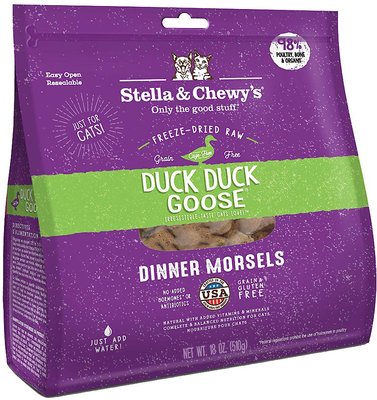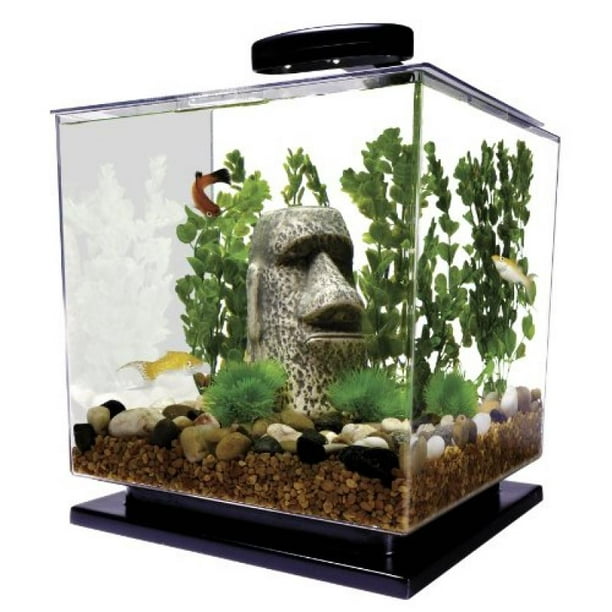Oxbow Animal Health Timothy Meadow Hay Small Animal Treat, 84 oz.
Oxbow Animal Health Timothy Meadow Hay is farm-fresh and full of goodness. All-natural Timothy hay is a nutritious, enriching combination of premium hays – fresh from our family of farms. Oxbow Timothy Meadow Hay makes it easier to make your small pet’s day.
Oxbow Animal Health Timothy Meadow Hay is farm-fresh and full of goodness. All-natural Timothy hay is a nutritious, enriching combination of premium hays – fresh from our family of farms. Oxbow Timothy Meadow Hay makes it easier to make your small pet’s day.
- Enriching combination of tastes and textures
- Timothy hay is high in fiber for optimum digestion
- Hand-selected and hand-sorted
- Oxbow Timothy meadow hay variety helps prevent picky eating
- Ideal for small animals
Additional information
| Country of Origin | Made in USA |
|---|---|
| Hay Type | Timothy |
| Health Features | General Wellness |
| Life Stage | All Life Stages |
| Packaged Height | 22 in. |
| Packaged Length | 9 in. |
| Packaged Weight | 5.56 lb. |
| Packaged Width | 15.5 in. |
| Package Weight | 84 oz. |
| Special Diets | All Natural |
| Manufacturer Part Number | 10617 |










by Gina
Very good quality but pricey for hay. If i had room to store it, I would rather purchase a bale of hay for the same amount this costs.
by Mamma
Great product for rabbits, I really like oxbow brand.
by John
Our bun loves this hay!